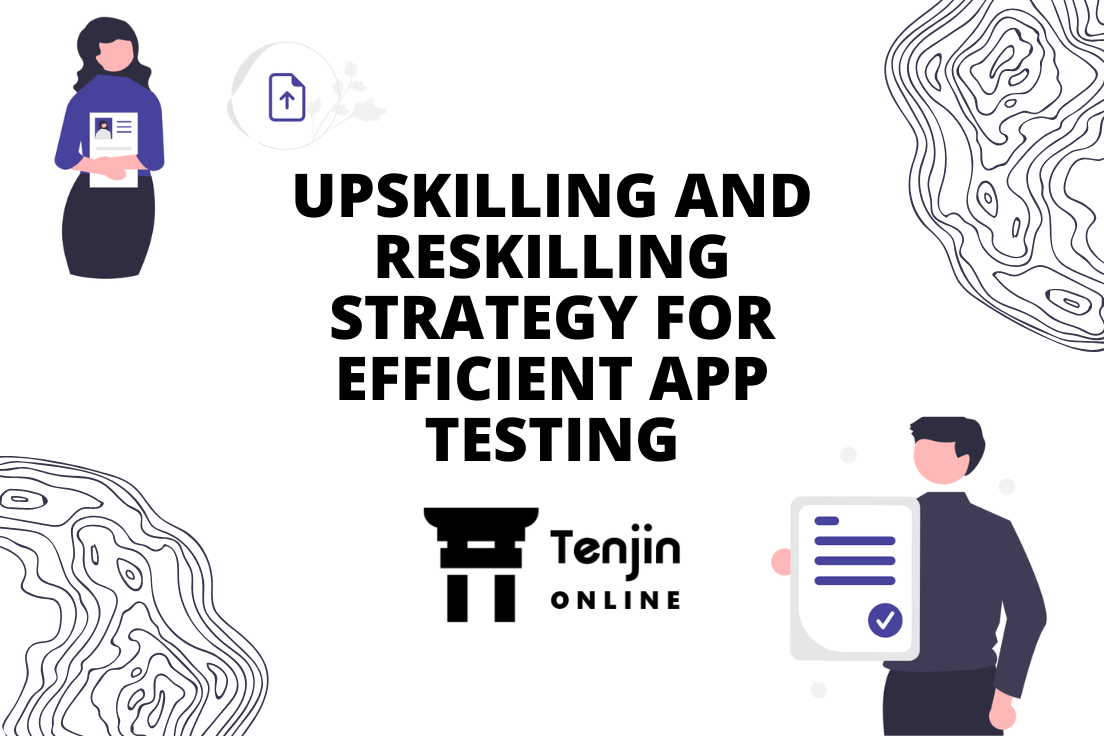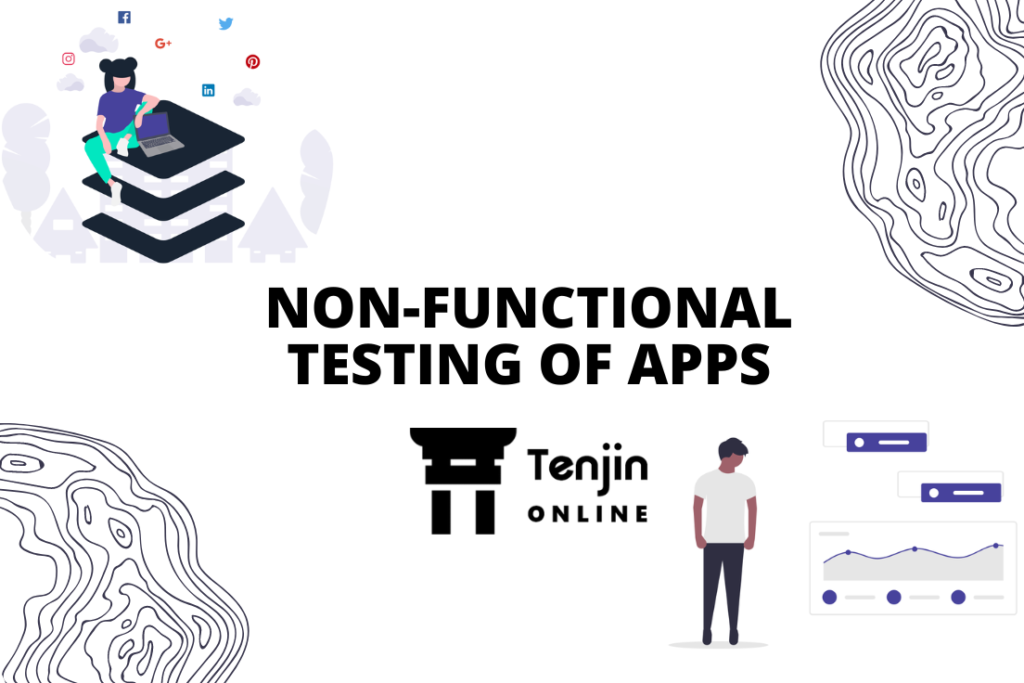
The changing technology trends demand the workforce to upskilling and reskilling themselves to align with the changing trend and achieve their business goals better. When we look down the timeline, technology has evolved at a much faster rate than expected. Business processes have undergone a drastic change, shifting from paper-based documentation to computer-based processes, which is slowly being replaced with advanced AI (artificial intelligence) technology.
Skill gaps is a major challenge that app testing teams are facing today. As testing technologies are advancing, the existing workforce needs to update their skills to align with the changing trends. The teams which performed manual, code-based, and waterfall methodologies should now adopt more advanced agile, AI, and ML practices. Hence, organizations are investing in constantly upgrading skills of the teams in order to achieve best results.
Bridging the skill gaps for efficient testing
Technology is evolving at a faster rate, the one that is relevant today may not be applicable in the next few months. Further, businesses operate with workforce which comprises people with an average of 40 years of age who possess the knowledge of trends of their time, and it is practically impossible to replace them with the new-age teams. The trend of job-hopping and replacing talent is extremely tedious making it difficult to retain skilled workforce and get an equivalent. To address these challenges and ensure efficient testing, upskilling and reskilling among the existing resources becomes essential.
As testing trends are constantly changing, teams should also update their skills to align with the changing process. New methodologies like DevOps and agile practices have been introduced, and organizations are now moving towards AI-integrated testing. Old skills cannot yield efficient results, hence, bridging the skill gaps is essential to allow the teams to get familiarized with the latest trend and perform testing without any hitch.
Upskilling is the process to train employees with new skills to facilitate continuous learning and enable them to perform their current job efficiently. Reskilling is the process to train teams with a new skill to prepare them for taking up extra responsibility and performing different jobs too. Both the processes are important to improve their competency, help them advance their careers, add value to the process, and contribute to enhance business.
Both upskilling and reskilling practices are essential among modern testing teams. With a new designation of SET, a software engineer in testing or software development engineer in test, testers must be trained to take up these changing roles. SETs are engineers who are involved from the beginning of the app development to design test automation solutions and improve the testing process to get faster, accurate, and efficient results.
Benefits of upskilling and reskilling in testing teams
The trend of automation and digitization demands new skills forcing organizations to reimagine their current operating models. To meet the expectations of the current workforce models, it is essential to upskill and reskill their existing resources; here are the key benefits of implementing upskilling and reskilling strategy.
- Identifying the right skills to improve the app quality
- Identifying the gap between the current skillset and what should be achieved to yield efficient test results
- Understand the challenges associated with testing and updating them
- Help organizations align with long-term quality goals
- Encouraging continuous learning among team
- Improve app quality as the teams acquire necessary skills
- Upskilling and reskilling help organizations make their workforce futureproof
- Aligning employee interest with that of the organizational requirements
- With skilled workforce, time and effort involved in the project will be reduced significantly
- Upskilling/ reskilling fosters skill improvement in employees, hence, improving their productivity and performance
- Skill improvement helps organizations to understand their limitation and helps them improve their capabilities
Upskilling and reskilling are implemented in the interest of the employee to improve their skills to take up diverse roles, which will eventually add value to the organization.
Upskilling and reskilling strategy
Skill improvement of the team is a critical process that should involve a well-planned strategy to get it right. Here are some of the important considerations to make when implementing upskilling and reskilling plan.
Customize the plan
Upskilling and reskilling involve the interest of the employee and connect to their personal and professional growth. Organizations should analyze and understand individual skills and craft their programs to fit their inclinations and capabilities. Skills of each individuals are different from one another; hence, it is important to identify the perfect skill improvement for each individual and create specific plans.
Choosing the right program
There are various testing practices being conducted today, hence, choosing the right program is necessary. Organizations should choose a program that will align with the business requirements, allowing employees to contribute to the organization in the longer run.
Progress tracking
To ensure the upskilling and reskilling process succeeds, continuous progress tracking is required to give an insight on how much the employee has learnt. The progress can be recorded and evaluated to optimize the learning process.
Including upskilling/reskilling as a part of job role
When upskilling/reskilling is included as a part of the job role and made mandatory, employees get more scope to efficiently take up the program and utilize it to the fullest.
Flexible learning options
A lot of digital options are available today, this adds to the flexibility of the learning process. Organizations can leverage the power of technology and allow employees to access the program that can fit in their schedule easily and provide easy access.
These are some of the key steps that organizations should consider while upskilling or reskilling their workforce.
Conclusion
Organizations should take initiative to train their teams in order to upgrade their skills. Upskilling and reskilling are important practices that should be included as a part of the testing strategy, otherwise, the skills of the existing employees will not match with the latest technology and create some serious consequences. Hence, it is important to scale up the capabilities of the team with continuous learning. In this process of upskilling and reskilling, employees are subjected to constant unlearning and relearning to acquire knowledge with an open mindset. Further, they are encouraged to improve communication, personality growth, and analytical thinking for adopting new opportunities.



Leave a Reply
You must be logged in to post a comment.